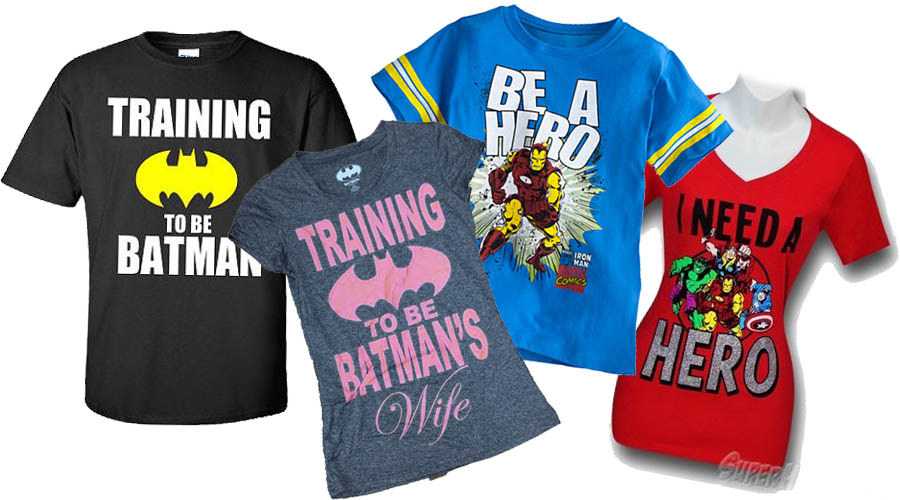“Where are the belts?” I ask a nearby salesperson. She stares back at me blankly.
“Oh, sorry. Where are the women’s belts?” I correct myself, emphasizing my gender.
The saleswoman immediately relaxes and points me toward a rack overflowing with gold buckles, flower clasps, and braided straps. I wander over and begin rifling through the decorative belts, finding nothing I really like. I give up quickly and head over to the men’s section where plain black and brown belts swing idly on the rack. Again, none of these satisfy my picky shopper needs so I exit the shop empty handed and heavy hearted.
Now, don’t get it twisted. I wasn’t that upset about failing to find a belt. Sure, it would have been nice to buy one so I could check it off my mental to do list but this just meant I could go home early and catch up on my Netflix shows (#blessed). What really shook me was realizing that clothes have gender. 😳
Obviously this was not the first time I had recognized this ridiculous phenomenon. But it was the moment I deeply considered the idea that articles like shoes, socks, hats, and yes, even belts, have gender.
How can certain fabrics, stitches, and textiles convey the state of being male or female??? (Note: I am in no way proclaiming that male and female are the only genders to exist. In fact, my whole point is to expose the absurd nature of gender binary clothing).
Because men and women’s bodies do differ in certain aspects (like height and waist-to-hip ratio), the separation in gendered accessories like belts and shoes appears acceptable. However, there are those who identify or are forced into the male category but possess a more “feminine” physique and the same goes for women who appear or feel more “masculine.” This additionally applies to those who distinguish themselves as neither male nor female, or both.
The fashion industry naturally does a stellar job at projecting its ideals onto its consumers, thus influencing shoppers’ purchases as well as their personal beliefs. For instance, traditional views have held that if one is born male, one automatically has an unhealthy obsession with trucks, violence, and weight lifting; females, then, are programmed to enjoy Barbies, makeup, and baking.
Consider the shirts below:

Before children even have a chance to form their own identity, they are socialized into gender categories; books, furniture, watches, and toys all convey messages that encourage conventional gender roles in which the man holds power over the woman.
For instance, a girl dressing up in a tutu and a tiara may not fantasize about being a bride but instead simply enjoy the color pink and the feeling of a poofy skirt; the next day, she may dress in jeans and a flannel shirt while her brother dons a floral dress paired with heels. When announcing the sex of the baby, a couple decides to cut a pink cake to symbolize a girl and a blue cake to indicate a boy. A onesie with the inscription ‘Future Bride’ will be gifted to a female infant while a male toddler will sport a t-shirt with the warning ‘Lock up your daughters!'
Gender is a social construct that humans perform through clothes, languages, and beliefs yet most of these forms of expressions contain highly regulated rules that attempt to mold people into boxes that prohibit them from embodying their unique selves. Fortunately, today’s world is experiencing a positive shift towards gender neutrality and equity.
Three researchers at Williams Institute surveyed 17,105 adults across 23 countries about their views on transgender rights and found that most participants from 15 countries agreed that trans folks should be permitted to use the restroom associated with their gender identity. Furthermore, research conducted in February from Mintel revealed that 20 percent of American parents with children under the age of 12 supported gender neutral clothing for kids while 24 percent of parents aged 23-30 and 25 percent of urban parents encouraged this trend in children’s fashion.
If you are someone who does not get embarrassed about shopping in the other gender’s department, then great! There is no reason a woman with broad shoulders or a man with a small frame should feel ashamed to shop in an area of the store that aligns with her/his/their identity regardless of the gender categories they have been pigeonholed into. That said, gender has become so deep rooted in society that it is difficult for most people to not worry about what others will think when browsing in the opposite section.
Remember Target’s big decision to discard the “boys” and “girls” signs in the toys and bedding departments back in 2015? There were many supporters and haters, emphasizing that, whether we like it or not, gender remains a significant part of people’s identities, especially in Western culture. Yet, the fact that a multi-billion-dollar corporation chose to eliminate traditional gender boundaries indicates that humans are taking a stand against oppressive social constructs and allowing people to select items that fit with their personality and not necessarily the traits assigned to their gender.
Additionally, many clothing lines have popped up, exclusively promoting gender neutral garments; they are not perfect but they are a start!
In the end, we must ask ourselves: sex and gender are not binary so why should clothes be?
Oh, and in case you were wondering, I did find a belt in the “women’s” section that was plain black (my mom said it looked like a “man’s belt”- 🙄) but I opted for one that was braided because it was cheaper.

